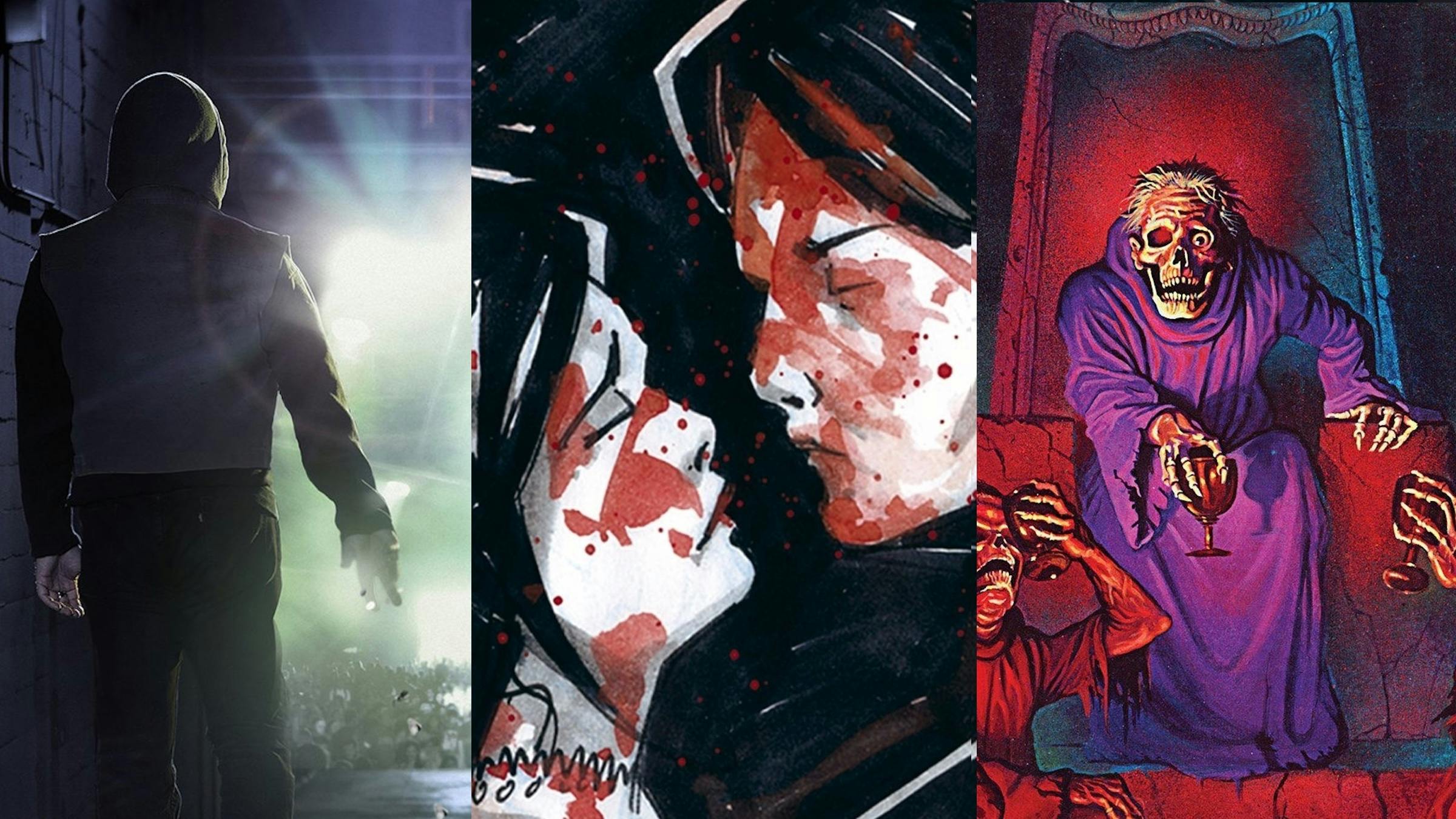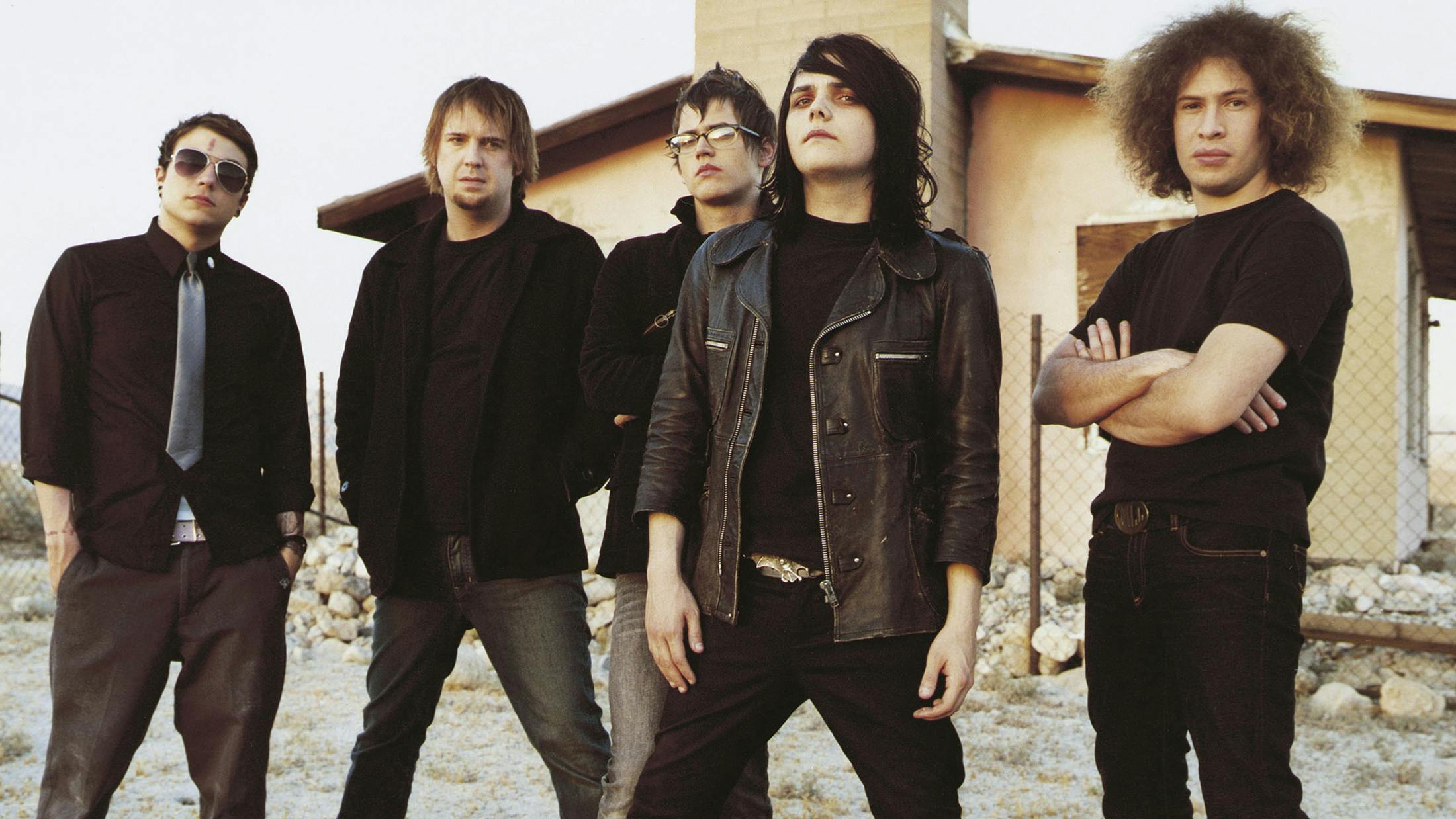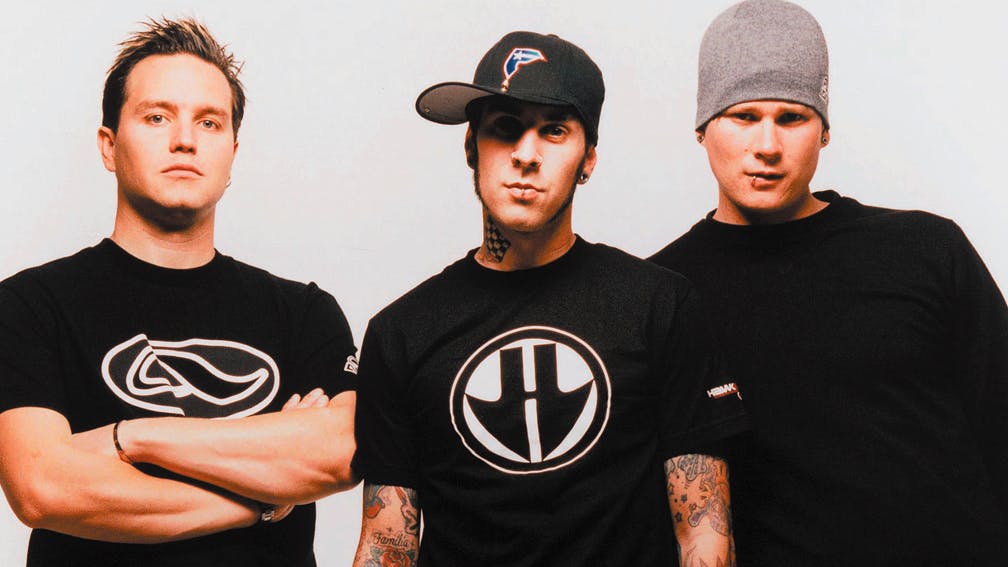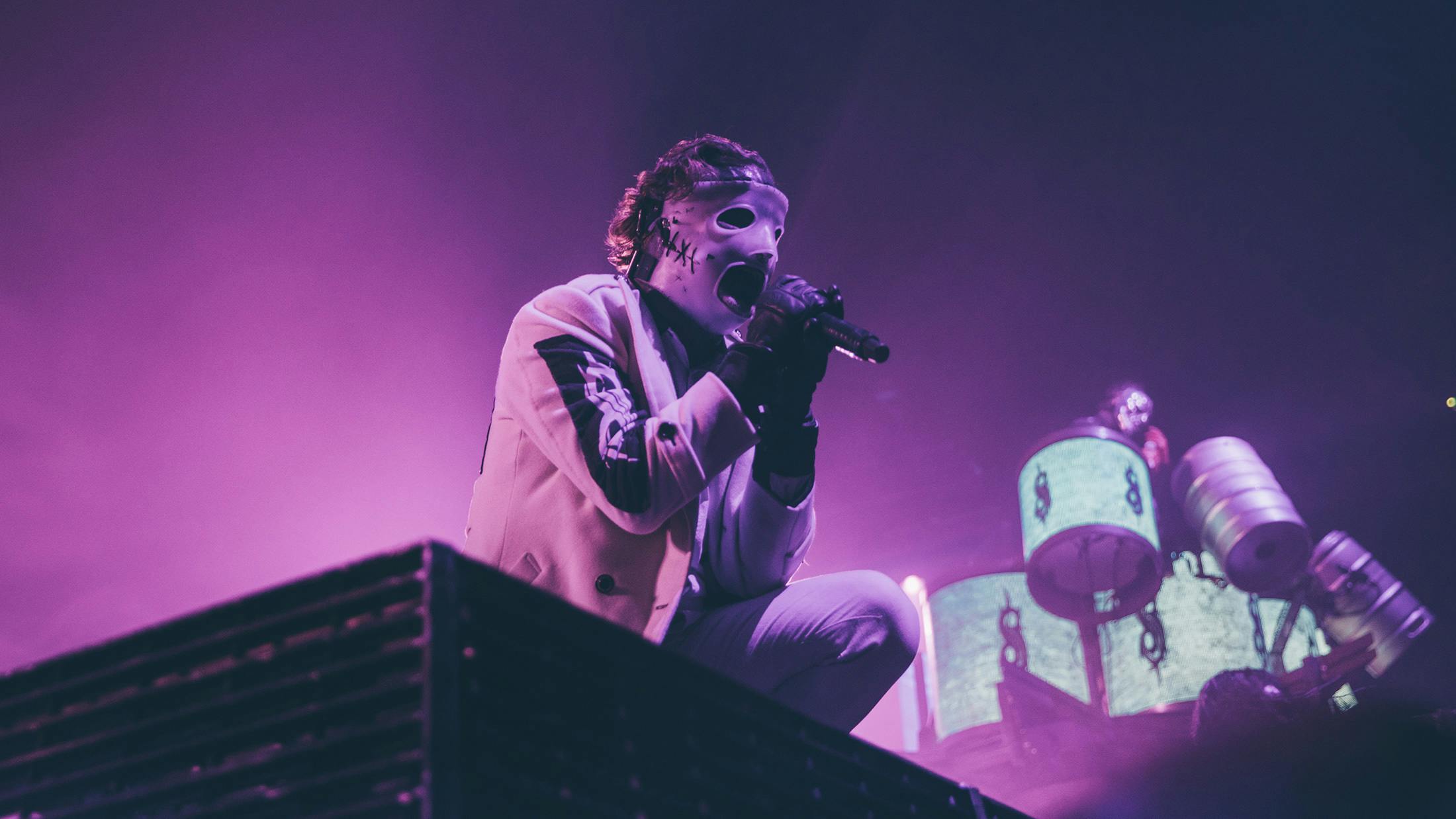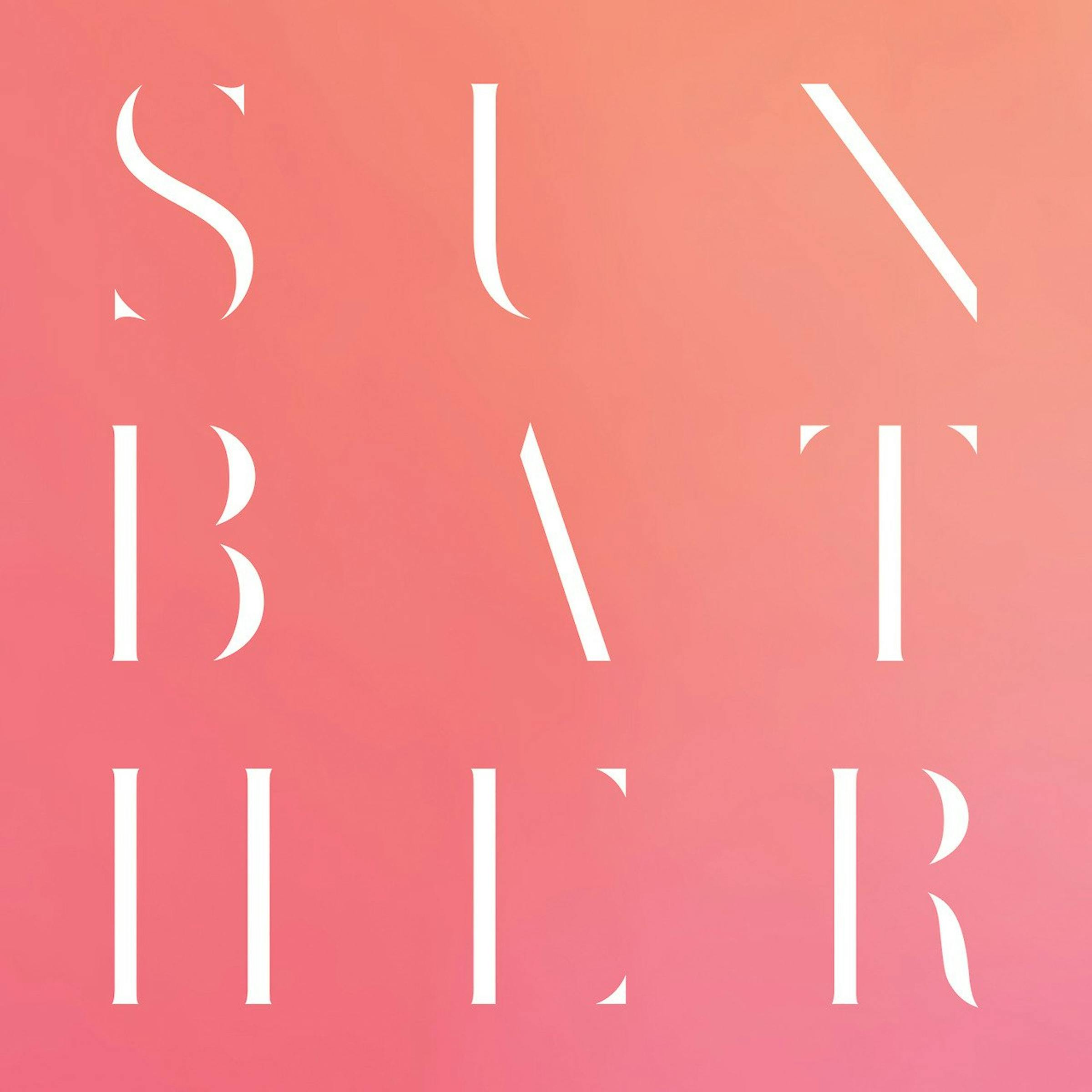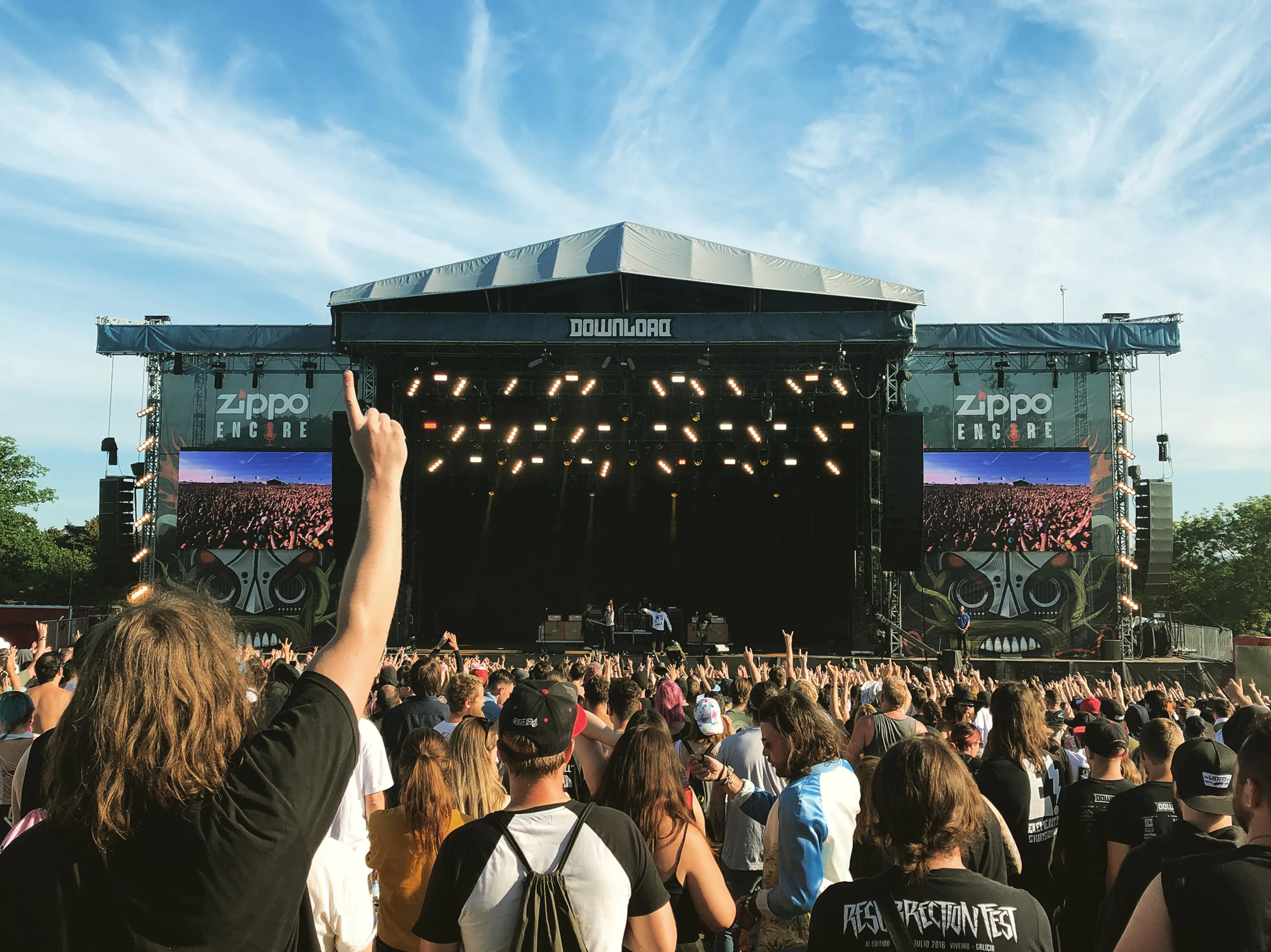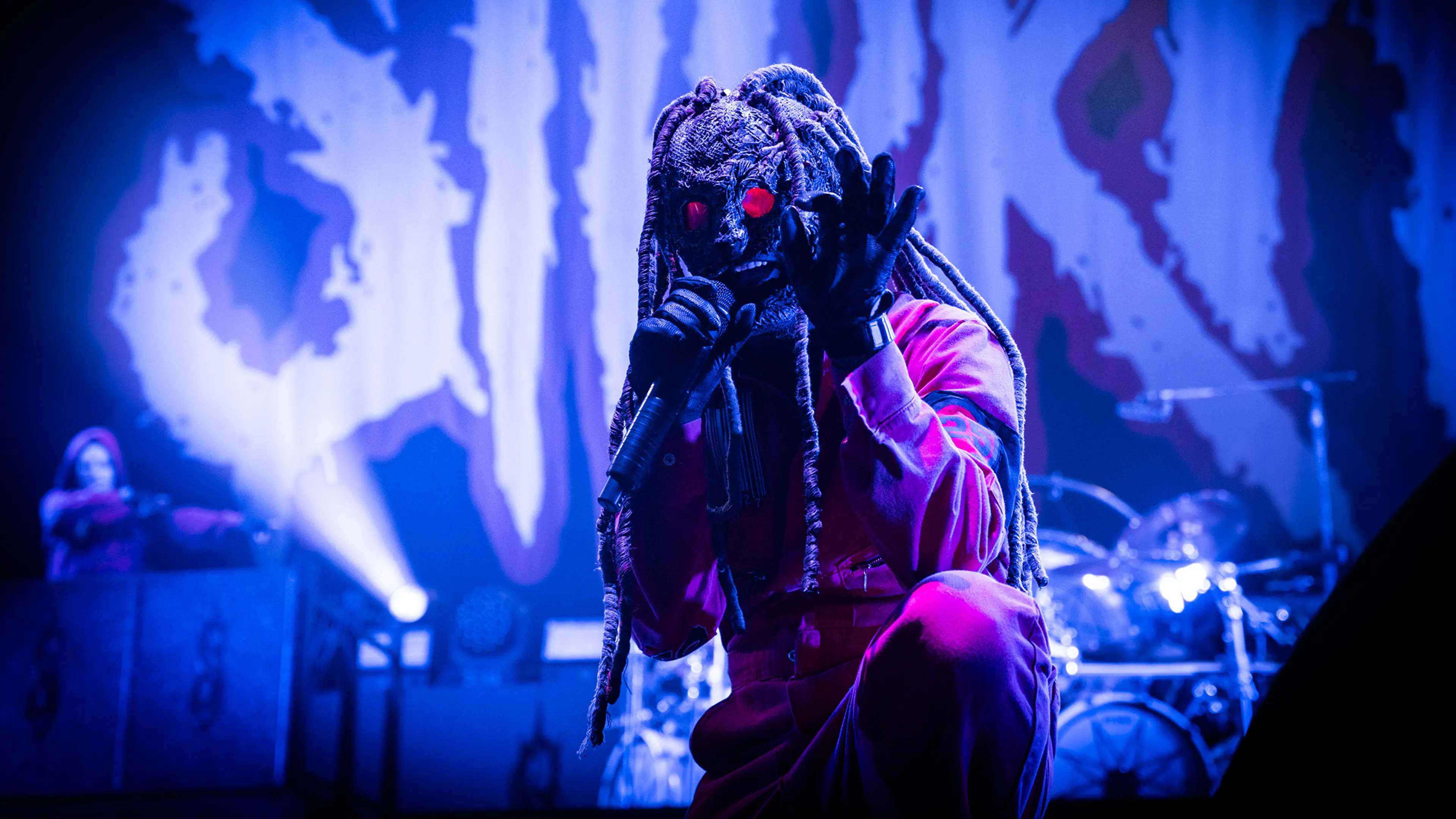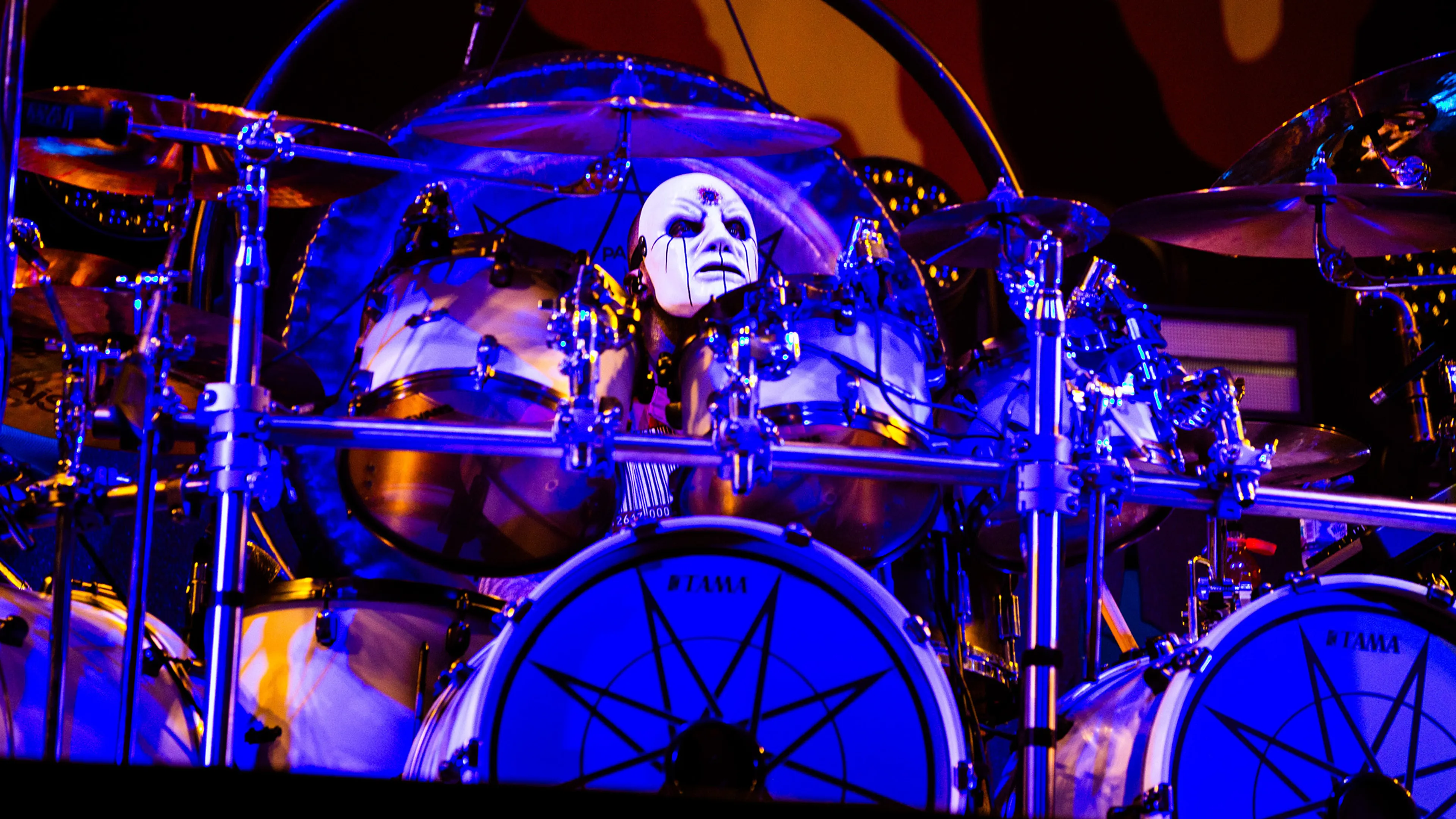There are moments in rock'n'roll that no-one's ready for. Whether it's artists you didn't realise would influence the state of music or killer bands who just never got enough respect for their incredible talent, it's hard to know what you have until it's passed you by. This can be frustrating, sure – there's nothing worse than ignoring a band because they're not in your current wheelhouse, only to fall in love with them five years later and realise you missed them on their first tour. But it's also educational, teaching listeners to pay attention to emerging artists and trends that might not normally speak to them.
Even more frustrating, however, are those moments that stared us right in the face when they were happening, but which we were blindsided by. We often don't notice these cultural shifts until we're living in them, and struggle against them in ways that later look foolish. The truth is, these waves were usually so ready to crash that we should've seen them building a mile away, and yet we were so caught up in whatever was hot at the time that we didn't notice the plain-as-day signs of them.
Here are 11 examples of movements in rock that everyone should've seen coming…
